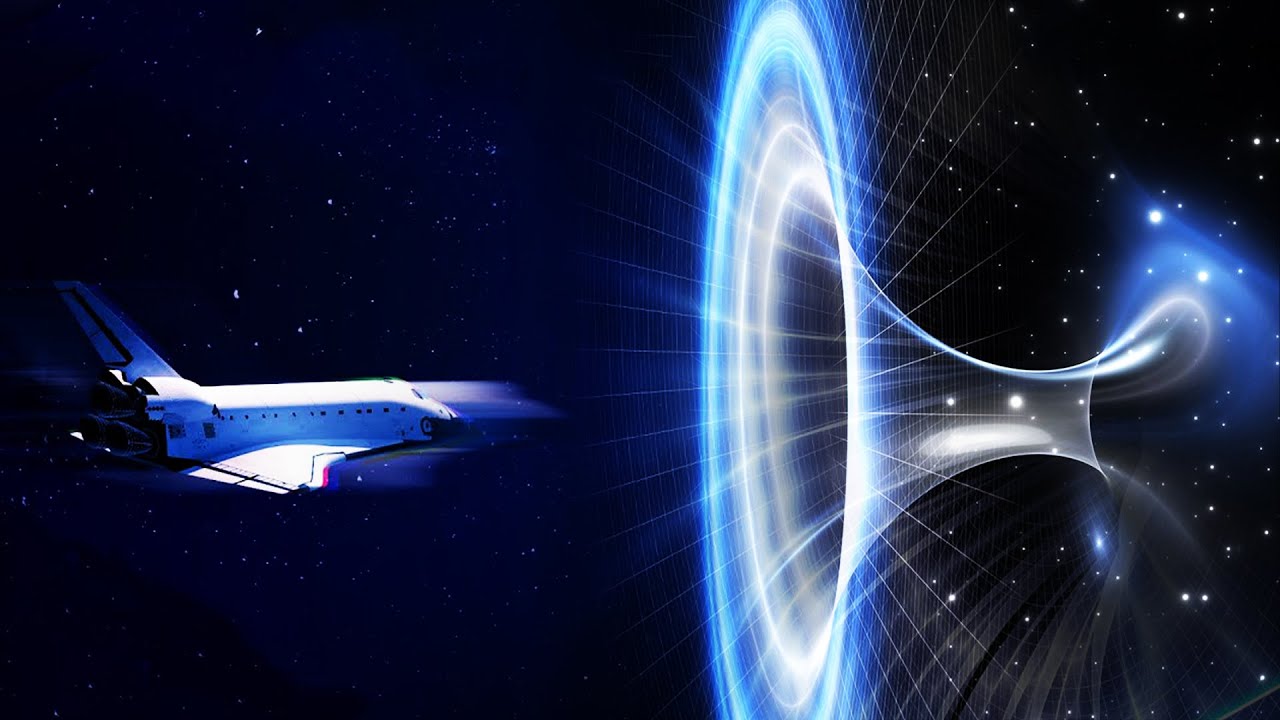Comments
- No comments found

The concept of light-speed space travel has captured the imagination of scientists and science fiction writers for decades.
The ability to travel at or near the speed of light would enable humans to explore distant stars and galaxies, and perhaps even colonize other planets. But is light-speed space travel really possible? In this article, we will explore the current state of scientific understanding of light-speed travel and the challenges that must be overcome to make it a reality.
Light-speed travel is based on Einstein's theory of relativity, which states that as an object approaches the speed of light, its mass increases, and its length contracts. At the speed of light, an object's mass would become infinite, and its length would be reduced to zero. As a result, it would take an infinite amount of energy to accelerate an object to the speed of light.
Scientists have proposed several theoretical ways to overcome this challenge, such as using exotic matter or harnessing the power of black holes. However, these ideas remain purely theoretical and are not yet feasible in practice.
Despite the challenges, scientists have made significant progress in developing technology that can enable faster space travel. For example, NASA's New Horizons spacecraft was launched in 2006 and reached the edge of our solar system in just nine years, thanks to its high-speed propulsion system.
In addition, researchers are exploring the use of advanced propulsion systems, such as ion engines and nuclear propulsion, to enable faster space travel. These systems are more efficient than traditional chemical rockets and could potentially reduce travel time to other planets and stars.
The challenges of light-speed travel are significant and include both technical and practical issues. One of the most significant challenges is the amount of energy required to accelerate an object to the speed of light. Even with advanced propulsion systems, it would take an enormous amount of energy to reach this speed.
Another challenge is the issue of time dilation, which occurs as an object approaches the speed of light. As an object's speed increases, time appears to slow down for that object relative to a stationary observer. This means that a journey at near-light speed could result in significant time differences between the traveler and people on Earth.
Finally, there are practical issues such as the need for life support systems, radiation protection, and the ability to sustain a crew for extended periods of time. These challenges would need to be addressed before light-speed travel could become a reality.
Despite the challenges, many scientists and engineers are optimistic about the future of light-speed travel. As technology continues to advance, it is possible that new propulsion systems or other breakthroughs could make light-speed travel feasible.
In addition, private companies such as SpaceX and Blue Origin are investing heavily in space exploration and are working on developing advanced propulsion systems and other technologies that could enable faster space travel.
However, it is important to note that even if light-speed travel were to become feasible, it would still be a long way off. The challenges of energy, time dilation, and life support would need to be overcome, and significant resources would be required to make light-speed travel a reality.
Light-speed travel remains a fascinating concept that captures the imagination of scientists and the public alike. While current technology and scientific understanding make it impossible to achieve this feat, advances in propulsion systems and other technologies could make it feasible in the future.
The challenges of light-speed travel are significant, and much work remains to be done before it becomes a reality. However, the pursuit of this goal has driven significant advances in space exploration and propulsion technology, and it is likely to continue to be an area of focus for scientists and engineers for years to come.
In addition to the scientific and technical challenges, light-speed travel also raises ethical questions about the impact on the environment and the potential consequences of human expansion into the cosmos. These issues must also be carefully considered as we explore the possibility of light-speed travel.
Light-speed travel remains an intriguing concept that holds the potential for significant advances in space exploration and human understanding of the universe. While current technology and understanding make it impossible to achieve this feat, advances in propulsion systems and other technologies could make it feasible in the future. The pursuit of this goal will continue to drive scientific and technological innovation, and will likely remain an area of focus for scientists and engineers for years to come.
Leave your comments
Post comment as a guest